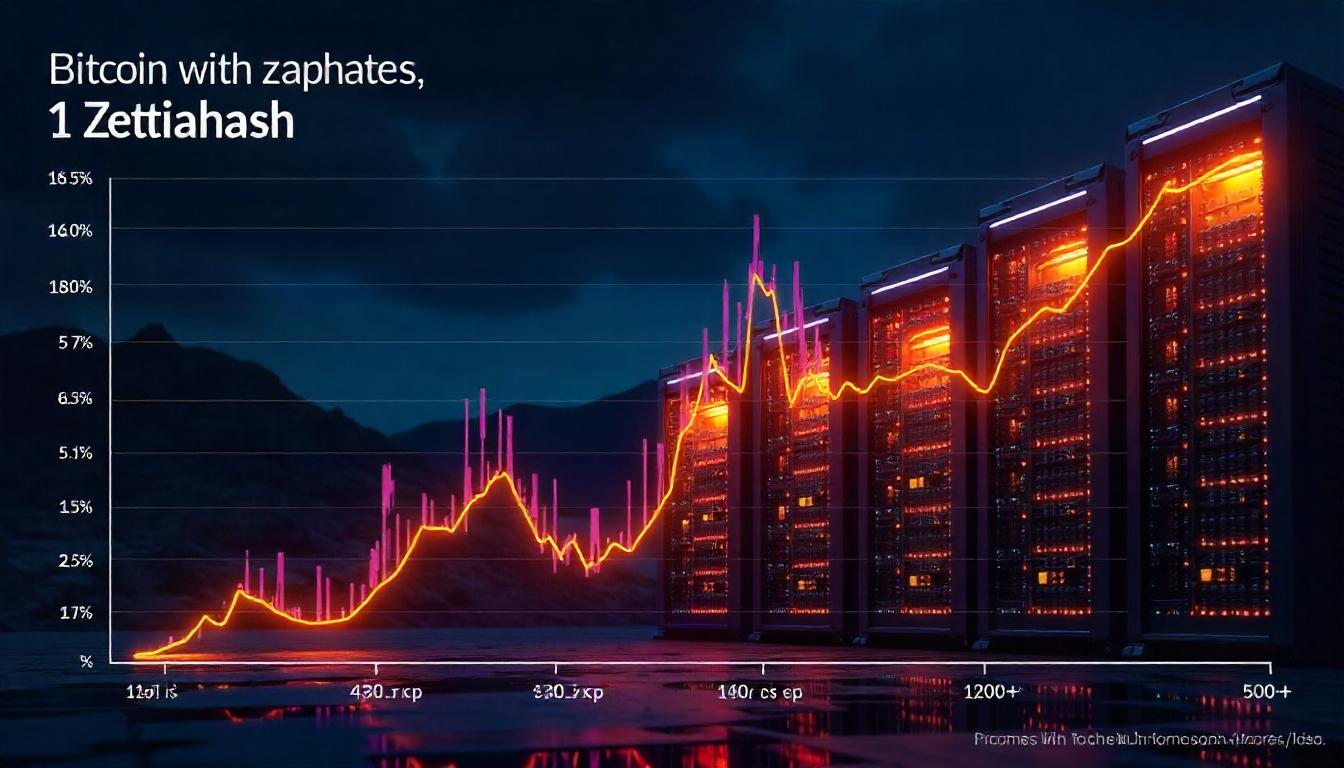Bitcoin’s mining landscape has reached a historic turning point. For the first time, the network’s hashrate has surpassed 1 zettahash per second (ZH/s), according to Glassnode—an extraordinary leap in network strength that underscores the rising arms race in securing the blockchain.
This milestone comes less than a decade after the network first hit 1 exahash per second (EH/s) in 2016, reflecting a 1,000-fold increase in computational power. The previous high was recorded on January 31 at 975 EH/s.
Yet while the network grows more robust, the economics of mining are becoming increasingly strained. On Sunday, Bitcoin’s mining difficulty adjusted upward by nearly 7%—its sharpest increase since July 2024—pushing the total difficulty to a record 121.5 trillion. Fourteen of the last seventeen adjustments have been positive, indicating sustained pressure on miners to remain competitive.
This surge in hashrate and difficulty hasn’t translated to higher miner earnings. In fact, hashprice—a measure of revenue per unit of hashrate—has fallen to a new low of $42.40 per EH/s per day. Lower transaction fees, elevated mining difficulty, and a recent drop in bitcoin’s price are compressing profits across the sector.
Bitcoin is currently trading around $77,000 after slipping another 10% this month. The decline follows renewed geopolitical headwinds, including fresh tariffs rolled out by President Trump’s administration.
Although some of the 1 ZH/s reading may reflect short-term volatility—daily hashrate figures are often influenced by randomness in block discovery—the longer-term 7-day average sits at 879 EH/s, still near record levels.
While the milestone highlights Bitcoin’s increasing security and decentralization, it also exposes a growing challenge for miners: staying profitable in a landscape defined by rising costs, fierce competition, and tightening margins.





